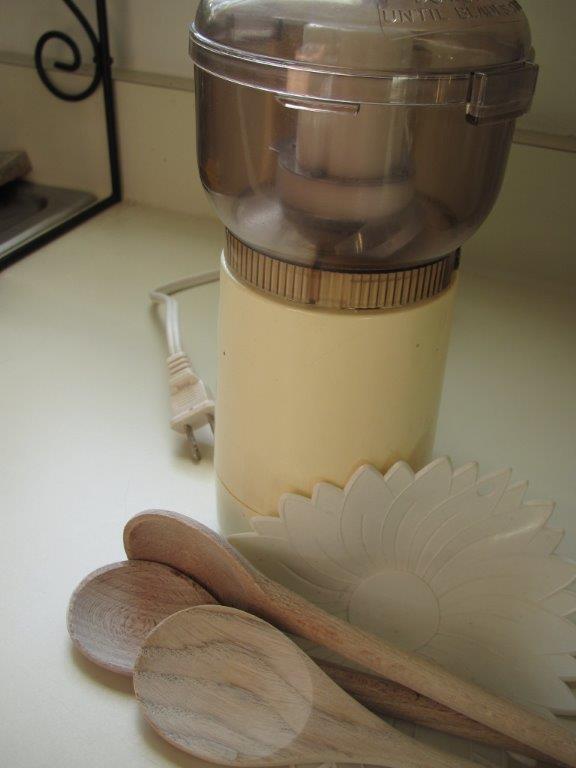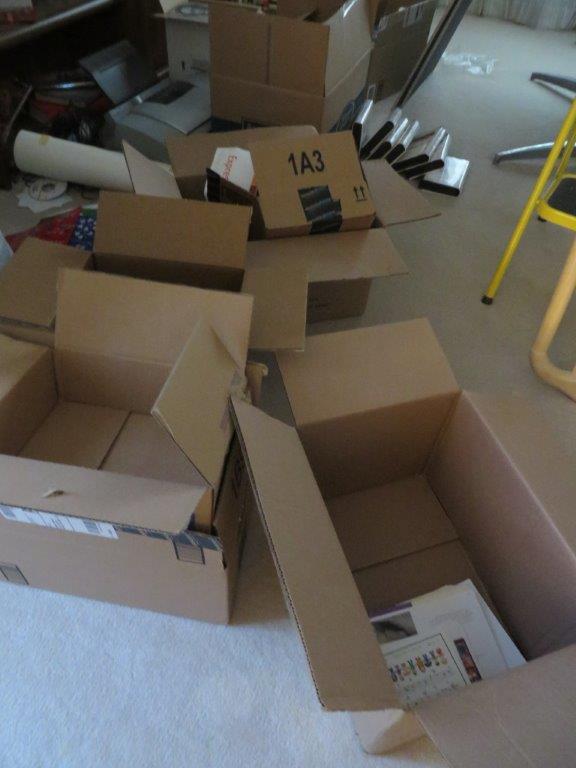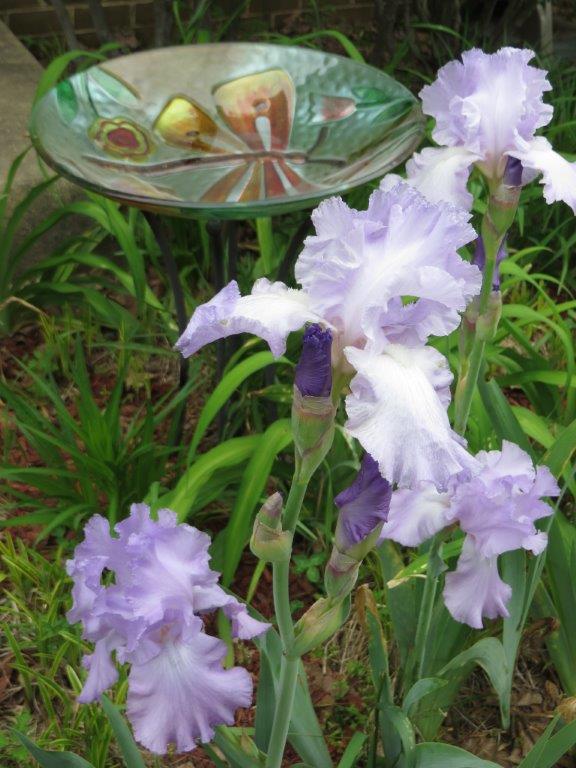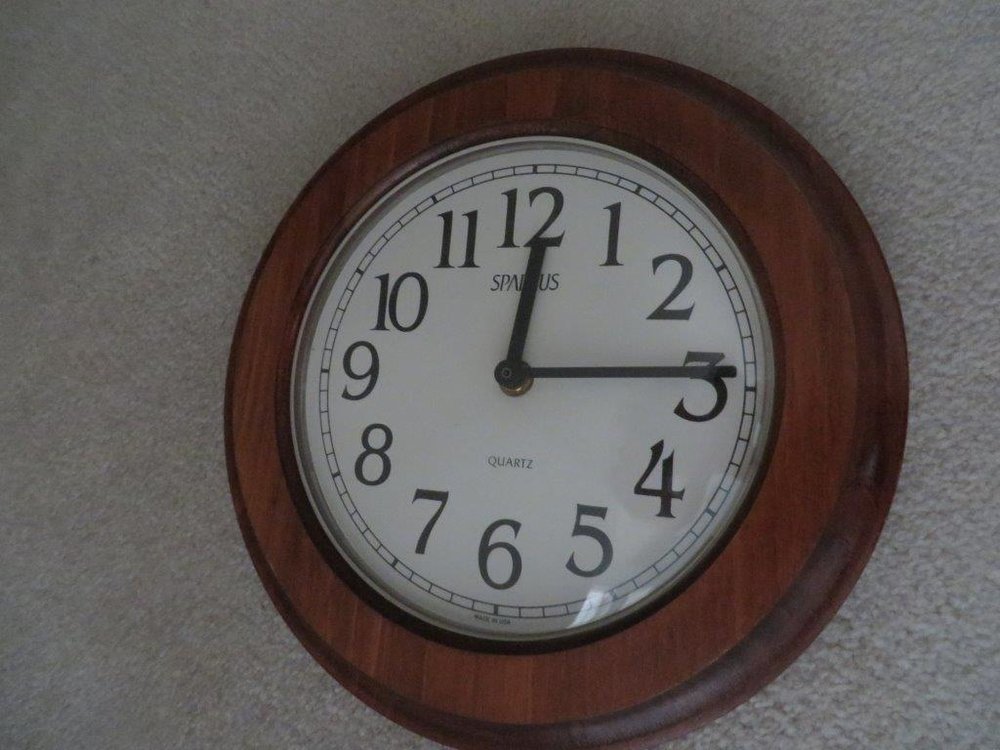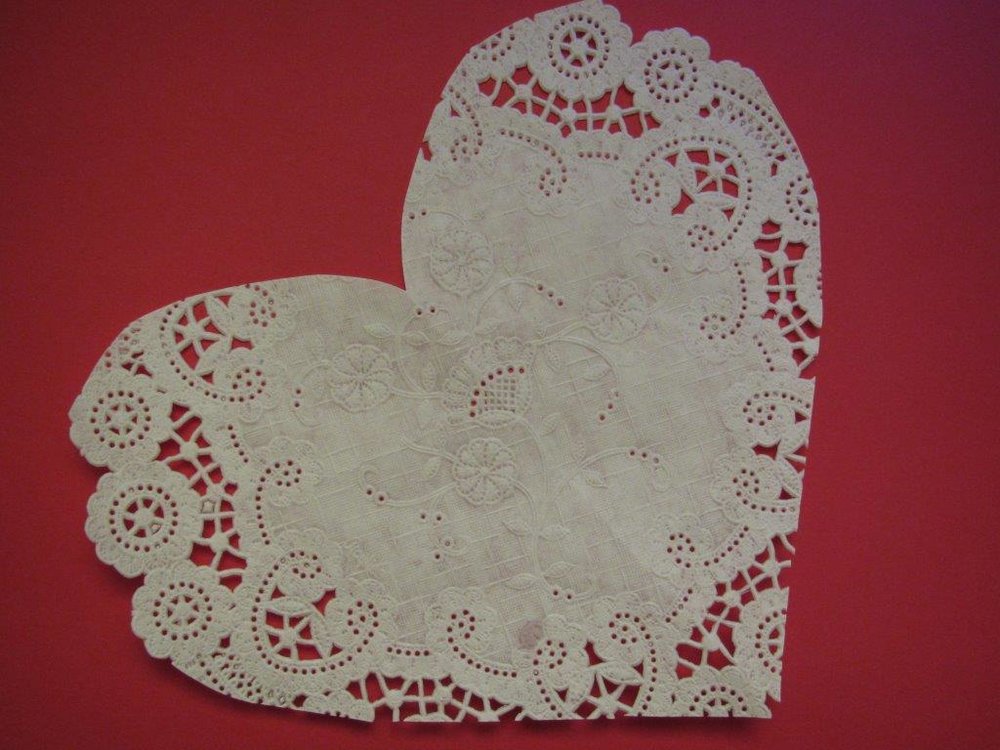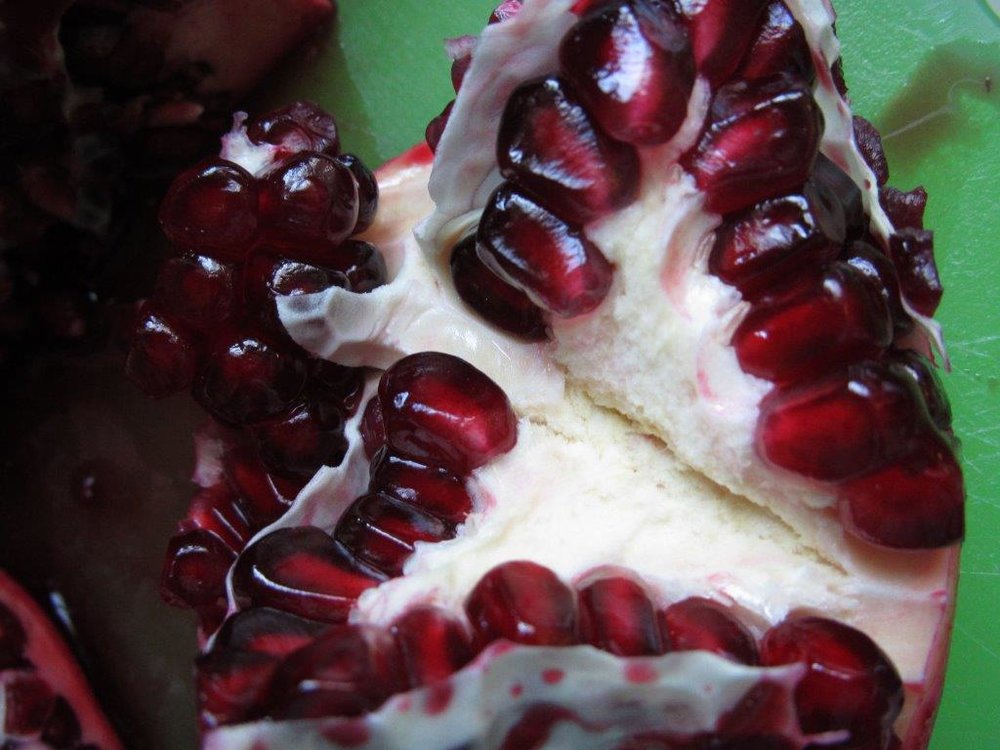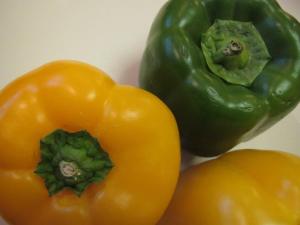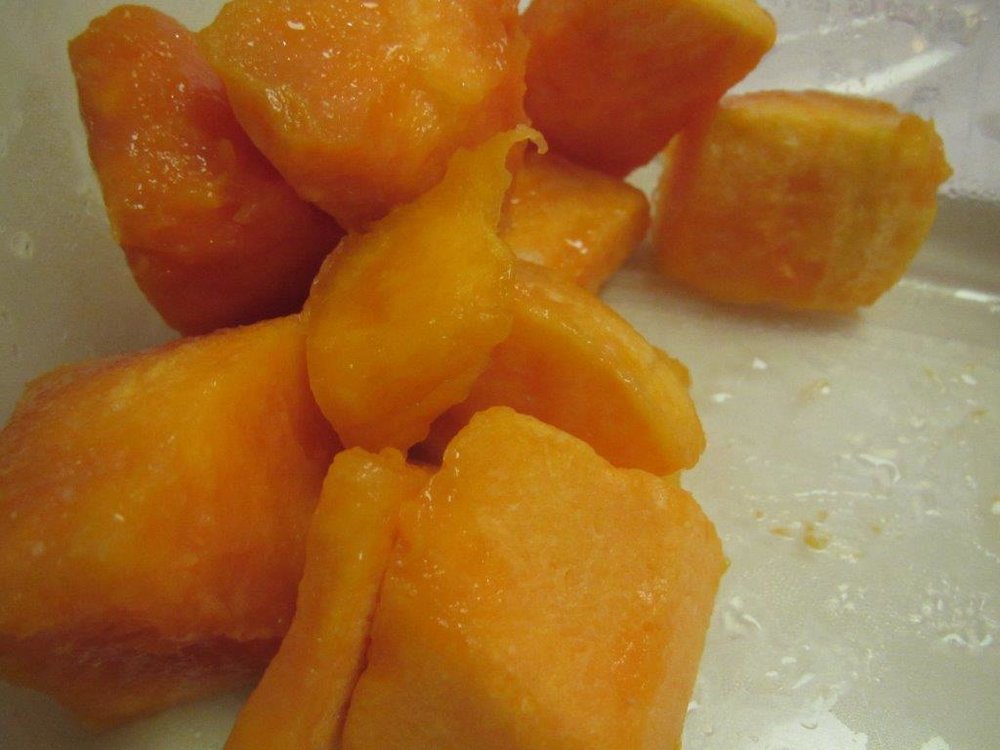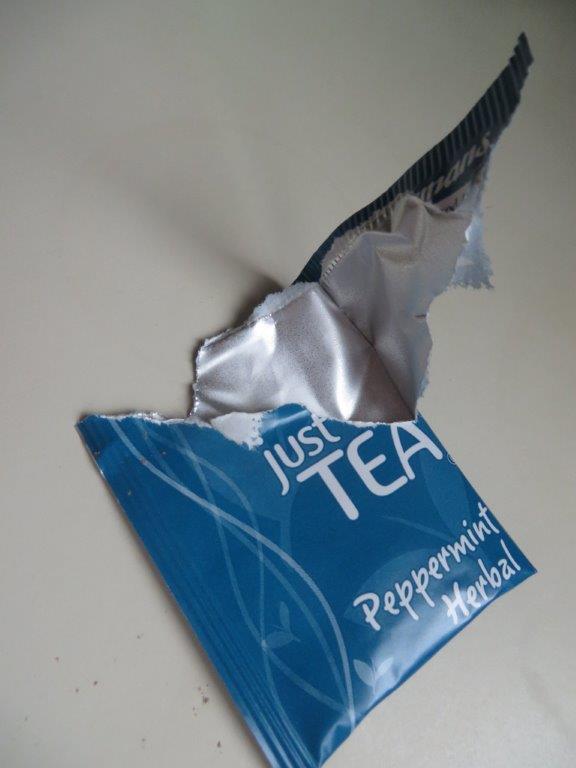On Houses
/The 4 houses I’ve owned (sequentially) over the past 40 years reflect the change in my needs over the years and lessons learned from owning previous houses.
The first house was purchased in an area where we’d lived in an apartment for several years. It was convenient to my work and my husband’s grad school location. We chose the particular house because it had 4 bedrooms rather than 3 and it had a country kitchen. Two lessons learned: painting the outside of a house is hard work even if it is half brick and insulation matters (that house was hard to keep cool in summer and warm in the winter).
The second house was selected in a week-long trip halfway across the country. We triangulated work locations and bought in a neighborhood that made our commutes about equal (but in opposite directions). We liked the house because it had a country in kitchen, big trees in the yard, and extra insulation has been added by the previous owners. Some lessons learned: miles and commute time often don’t correlate, older houses tend to have problems (the air conditioner compressor quit two weeks after we moved in), and maintenance (sometimes expensive) is required (we only lived there for 3 years but had to have the outside painted and the roof replaced).
The third house was selected to resolve the too-long commute problem. Again we triangulated and this time it worked better. We chose the house because it had 4 bedrooms - 3 quite large - and large closets. The house had a dining room which we never used because the kitchen included a breakfast area….and it was a newer house. The lessons learned: triangulating does not work as well as having one parent with almost no commute when there is a young child, low ceilings make a house seem claustrophobic no matter how good its layout is, and steep driveways are treacherous in bad weather (my car turned sideways in the icy driveway).
The fourth house, where we are now, was chosen because it was so full of light and it had a covered/screened deck. The neighborhood was nestled across from farms and was full of children close to my daughter’s age. And we found that the public schools were excellent once we settled in (lesson learned - we should have checked that before we moved…we were lucky). The lessons I have learned/am learning from this house: don’t wait around to make small renovations and the way sound carries in a house may be important for a multi-generational household. This house has lots of room but creaks in the floor boards and noise carrying through ductwork is significant; we aren’t a multi-generational household yet but I find myself glad that it won’t happen in this house! In addition - while I like high ceilings overall, I have come to realize how much space is wasted by a two story foyer and den. Long term I want to minimize stairs too.
All those lessons will be applied to the selection of the fifth house….sometime in the next few years.

